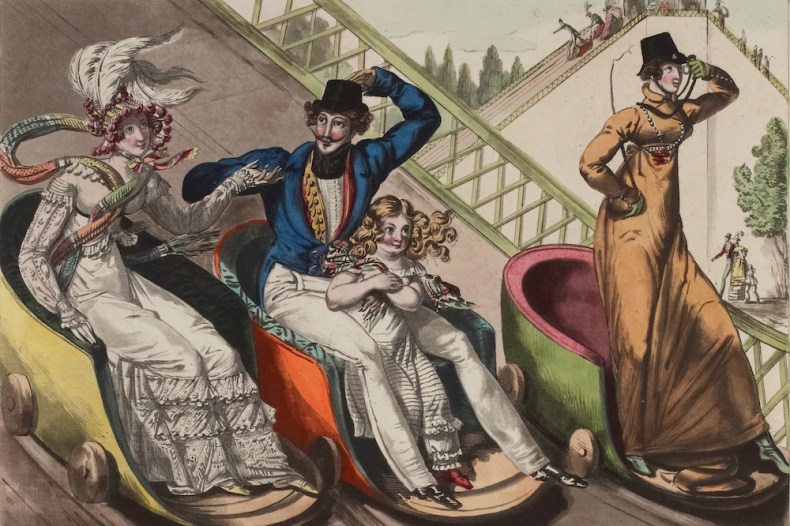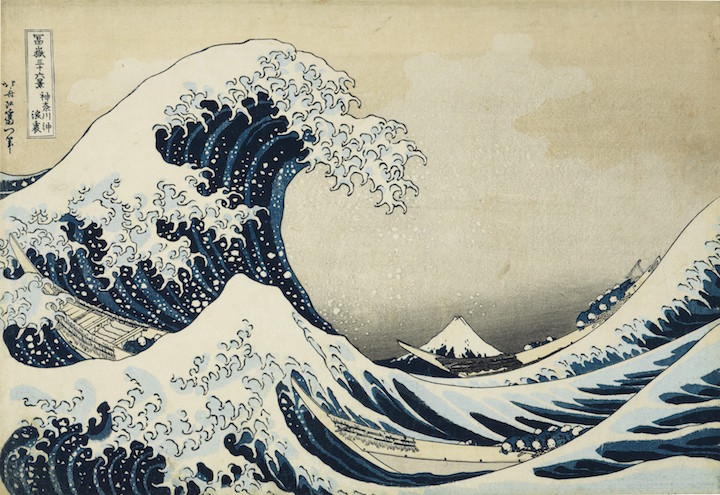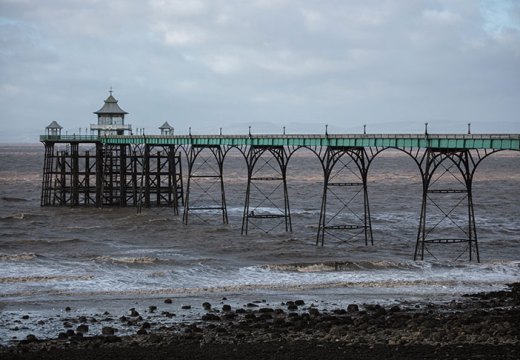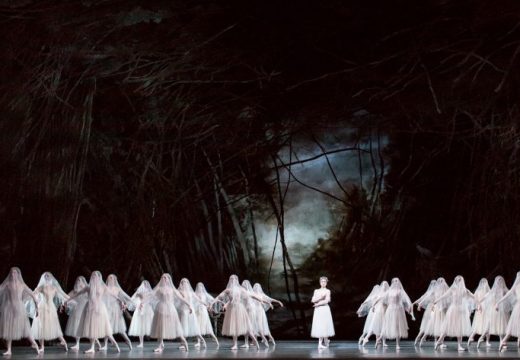Introducing Rakewell, Apollo’s wandering eye on the art world. Look out for regular posts taking a rakish perspective on art and museum stories
For obvious reasons, the word ‘coronacoaster’ has entered linguistic currency in the last few months; not even your rakish correspondent has been immune to the emotional ups and downs this new term describes. Suffice to say there have been a fair few vocal outbursts along the way. So it’s something of an irony that the way to ride a literal roller coaster in this time of coronavirus is necessarily in absolute silence, with not a hint of a squeal, gasp or expletive. That, at least, is what Japan’s recently reopened amusement parks are asking of their visitors, to help prevent the spread of infection. And to demonstrate that this is indeed possible, the Fuji-Q Highland theme park has released a video of two executives – one immaculate in suit and tie – riding the park’s 2km-long ‘Fujiyama’ roller coaster, which includes a 70m drop and speeds of 130km per hour. Their expressions remain impressively static during the four-minute ride; only their white knuckles give away the fact that they were indeed obeying the film’s message to ‘Please scream inside your heart’.
How much screaming, one wonders, was elicited by the Promenades Aériennes, opened in Paris in 1817? Built in an amusement park on the Champs Élysées, it featured two tracks curving down on either side of a central tower, to which wheeled cars were attached. Around the same time came Les Montagnes Russes à Belleville. The name and concept may have come, via Russian soldiers in Paris after Waterloo, from ‘Russian Mountains’ – specially constructed slides of ice popular with the elite of St Petersburg in the 18th century. (In French, Italian and Spanish, a roller coaster is still known as a ‘Russian mountain’.)

Les Montagnes Russes, ou la Passion du Jour (detail), artist unknown. Photo: CCØ Paris Musées/Musée Carnavalet
Clearly, the Parisian leisure class enjoyed their thrills and spills. Satirical engravings at the time dubbed it ‘La Passion du Jour’. More rides followed, and like ‘Fujiyama’ their names evoked lofty landforms: Les Montagnes Françaises, Les Montagnes Susses, Les Montagnes Egyptiennes, etc.

Les Montagnes Russes de la barrière du Roule (1816), artist unknown. Photo: CCØ Paris Musées/Musée Carnavalet
Come to think of it, Hokusai may have been anticipating the ‘Fujiyama’ roller coaster when he made his Thirty-six Views of Mount Fuji in 1830–32. Many works in the series, when you look through it, have a strikingly vertiginous aspect…

Under the wave off Kanagawa (The Great Wave) (1831), Hokusai. © The Trustees of the British Museum
Got a story for Rakewell? Get in touch at rakewell@apollomag.com or via @Rakewelltweets.
Unlimited access from just $16 every 3 months
Subscribe to get unlimited and exclusive access to the top art stories, interviews and exhibition reviews.














![Masterpiece [Re]discovery 2022. Photo: Ben Fisher Photography, courtesy of Masterpiece London](http://www.apollo-magazine.com/wp-content/uploads/2022/07/MPL2022_4263.jpg)
Why are fathers so absent from art history?